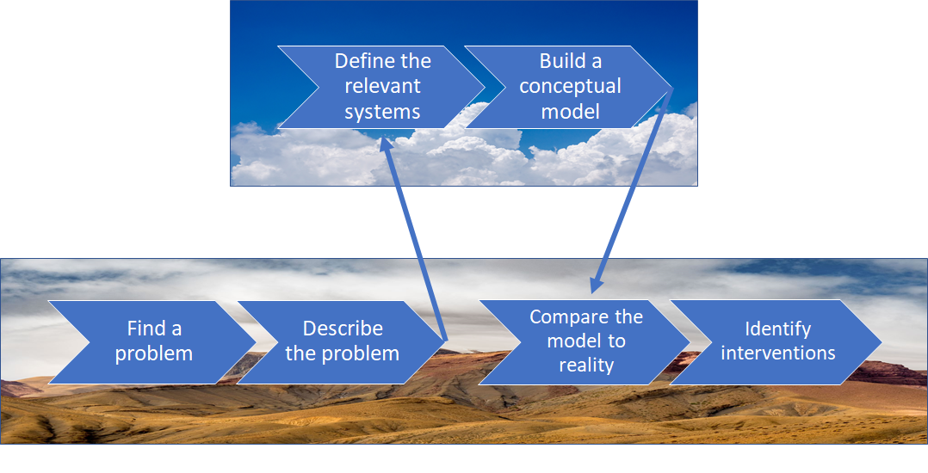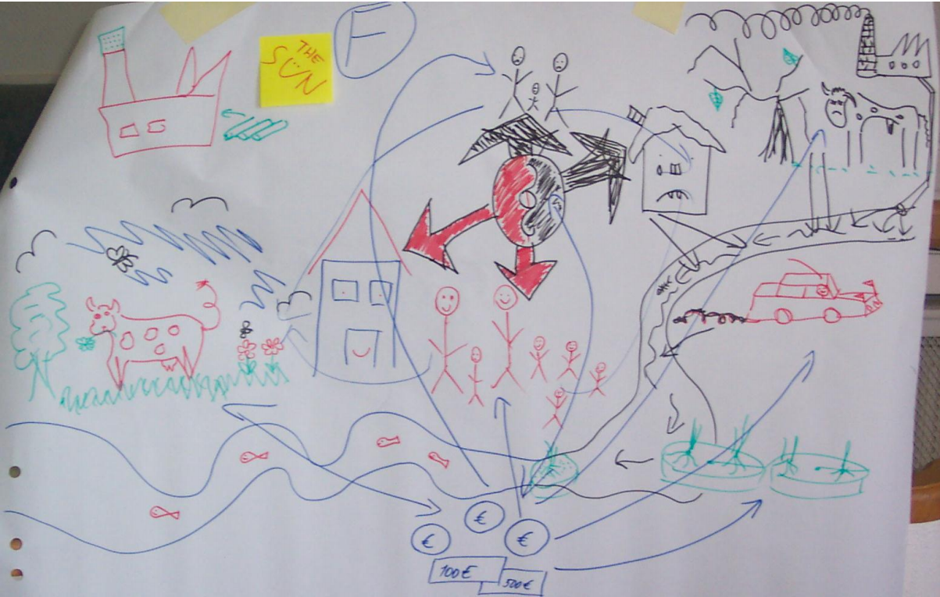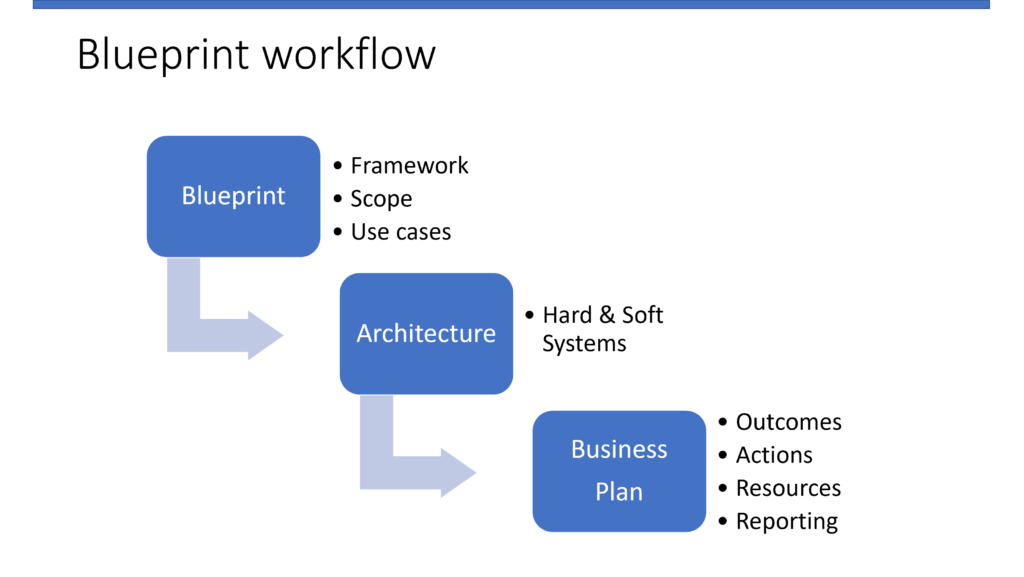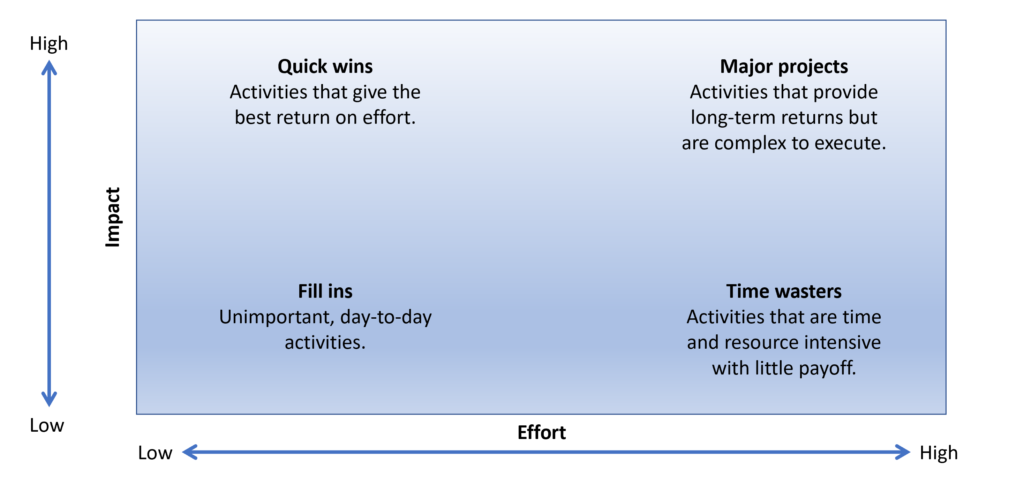New challenges require new solutions
The privacy and compliance world has become so complex that traditional problem solving methods no longer apply. Privacy has become a wicked problem – a multi-faceted, contradictory and interdependent condition with no end point and no clear path forward.
Wicked problem? Wicked PrivacyTM
The Wicked Privacy™ framework is a strategic-level problem-solving methodology based on proven soft systems approaches to address data privacy as a wicked problem. It differs from other methods in that it is specifically designed to work with complex situations under conditions of high uncertainty and substantial stakeholder divergence. It is an action-oriented process that results in realistic, coordinated, and detailed implementation plans.
The structured Wicked Privacy™ approach addresses several real-world privacy challenges, including:
- Integrating all aspects of the privacy domain into the strategic planning process
- Resolving conflicting areas of responsibility and missions (e.g. software development production flows vs. privacy requirements)
- Forecasting and responding to ever-changing regulatory requirements and their internal (e.g. email marketing) and external (e.g. AI-assisted decision making) effects
- Designing product features that are guaranteed to conform to regulatory expectations, even when the legal language is vague and ill-defined
- Measuring the business impact of privacy initiatives
A structured approach
Privatus Consulting realizes business leaders want practical solutions. Our structured Wicked PrivacyTM approach ensures our answers stay firmly planted on the ground.

An overview of the framework

Understanding the problem
Privacy is a wicked problem, meaning it has no final solution and any effort to solve it will change the nature of the problem itself. This requires changing our perspective from solving to managing. We begin that effort by diagramming the problem from the perspective of each stakeholder. The resulting “rich picture” helps us identify the systems and interactions to focus on.

Choosing the relevant system
To manage the problem, we need to identify the right systems to focus on. One way to do this is to ensure all of the various stakeholder perspectives are considered. In this way the we can capture the most important aspects of the system and build a consensus around the system’s purpose.

Blueprints and models
Identifying the relevant system is different from understanding what the system is doing. To help us figure out the true purpose of the system, we build a conceptual model to show inputs, outputs, relationships, and controls. This simplifies the process and zeroes in on the parts managers can control.

Feasible and desirable change
Once we have modeled the systems that need improvement, we can compare those models to what exists in the real world. We use a series of structured questions to build a solutions matrix that drills down into each segment of the system to locate obstacles, suggest improvements, and assign metrics to measure change and impacts.
